Menu
Let’s face it: not every homeowner is an arborist. Most people don’t spend their weekends studying leaf structure or bark fungus, and that’s perfectly fine.
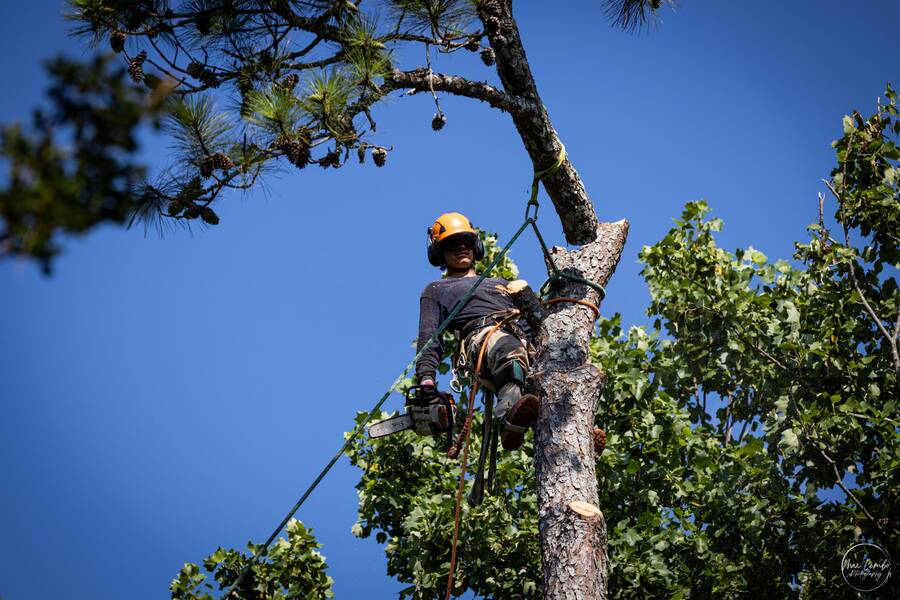
But while you might not be able to diagnose every tree disease, you can learn to recognize early warning signs that something’s not right. Catching those clues early can save you money, protect your property, and even prevent an emergency tree removal down the road.
Here in Georgia, our trees face a mix of heat, humidity, storms, and pests – all of which can put stress on even the healthiest oak or maple. So, how can you tell when your trees need a little help?
In this brief article brought to you by Driscoll Tree Service, we walk through a few simple ways to spot disease or danger before things get out of hand. If you’d rather hire a pro from a reputable tree company in Stone Mountain, then call the uniformed specialists at Driscoll.
Leaves are like the tree’s spokesperson. When something’s wrong, you’ll notice it on the foliage before almost anywhere else. Healthy leaves should look full, evenly colored, and seasonally appropriate.
If you notice yellowing or browning outside of Autumn, spots or holes in the leaves, and/or early leaf drop, then your tree might be stressed, diseased, or infested by pests.
Threats in Georgia range from anthracnose to powdery mildew and more. A trained and experienced arborist can identify the exact issue and recommend appropriate treatment.
The trunk is your tree’s backbone, and it should be straight and sturdy; it shouldn’t have deep cracks, peeling sections, or holes. Bark naturally sheds a little as a tree grows, but widespread peeling or exposed wood could mean disease or decay underneath.
It’s more than meets the eye. Carefully run your hand along the trunk. If the bark feels soft, spongy, or flakes off easily, then you’ve got a warning sign of fungal growth and/or internal rot.
Speaking of internal rot, another red flag is cavities, or hollows, in the trunk. Even if a tree looks green and leafy up top, internal decay can weaken it from the inside out.
Timely intervention can save the tree, but internal rot left unaddressed is a serious safety threat! Whether it can be cured or requires a tree removal, internal decay should be addressed ASAP.
A few dead twigs are normal, but if entire branches are bare, drooping, or cracking, then you’ve got great reason to be concerned. To be clear, branches can die from simple stress – like drought or insect damage. But they can also indicate something more serious.
Stand back and look at your tree’s overall shape. Does one side look bare or uneven? Are there branches without leaves while the rest of the canopy looks healthy? Those are signs of imbalance or declining health that warrant a red flag.
Remember, branches can easily weigh hundreds of pounds. Don’t wait for them to come crashing down. Quick and timely tree service, like tree trimming, is often the wise move here.
Tree roots are hidden underground, and that’s the way it should be. If soil starts cracking, heaving, or mounding – or if the roots are outright visible – then the tree is shifting and/or the roots are decaying. Other warning signs include poor drainage near the base and mushrooms growing around the trunk.
This is not uncommon in Georgia. Our dense clay soil means water often pools around certain areas after heavy rain. This can suffocate roots and invite rot.
If your trees are giving you reason for concern, then play it safe by calling in the time-tested pros at Driscoll Tree Service. With decades of experience serving our community in Georgia, Driscoll has proven processes for safe and effective results.


Caring for Your Tree’s Roots Planting a tree is a long-term investment, as most trees take several years to grow to their potential. While there are many ways to maintain maximum health, such as tree pruning and trimming, managing its…
Read More
How To Protect Your Trees From Summer Trees are a valuable addition to any landscape and offer many environmental benefits. After spending many months of winter in dormancy, summer is finally here, bringing life to all the greenery in your…
Read More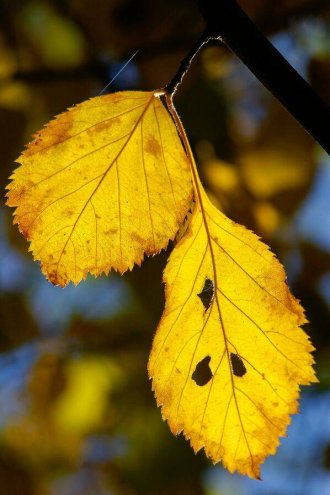
Yellow Leaves in Summer The sight of trees adorned with vibrant shades of red, orange, and yellow during fall is a natural spectacle that always captivates. However, when those same trees display yellow leaves in the summer, it may be…
Read More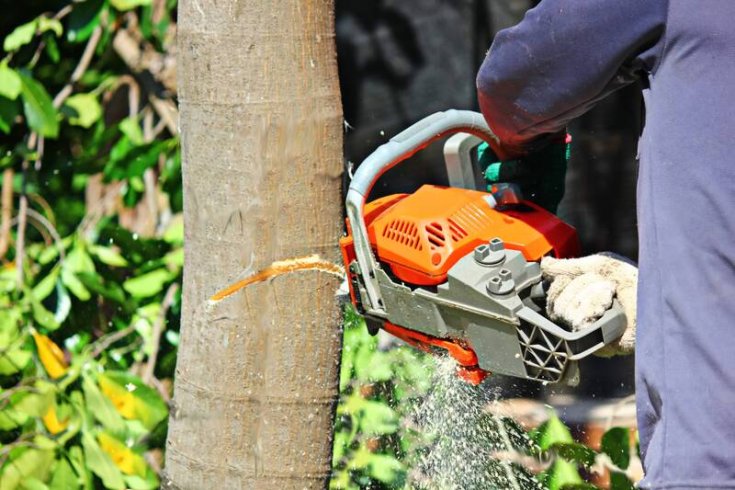
Debunking Common Myths About Tree Removal Trees are magnificent entities that provide many advantages. However, different circumstances like disease, infestation, landscaping needs, or severe damage may prompt tree removal services. While healthy greenery is an asset for property owners, when…
Read More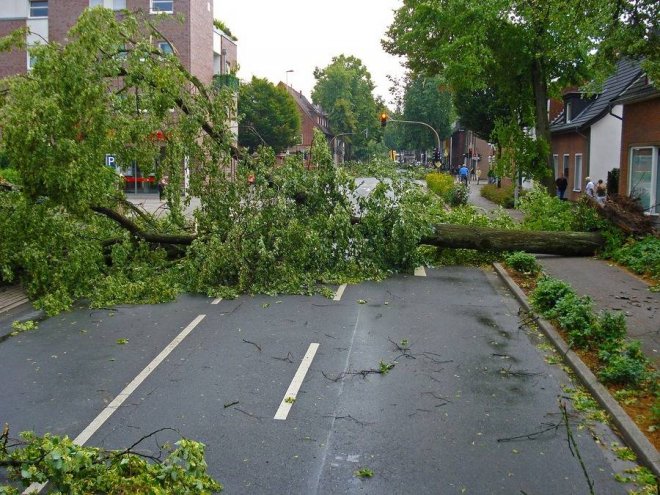
How Storms Impact Your Trees Trees are a valuable addition to any landscape. From enhancing curb appeal to improving the overall quality of life, trees are no denying essential to the ecosystem. However, like most living things, trees are susceptible…
Read More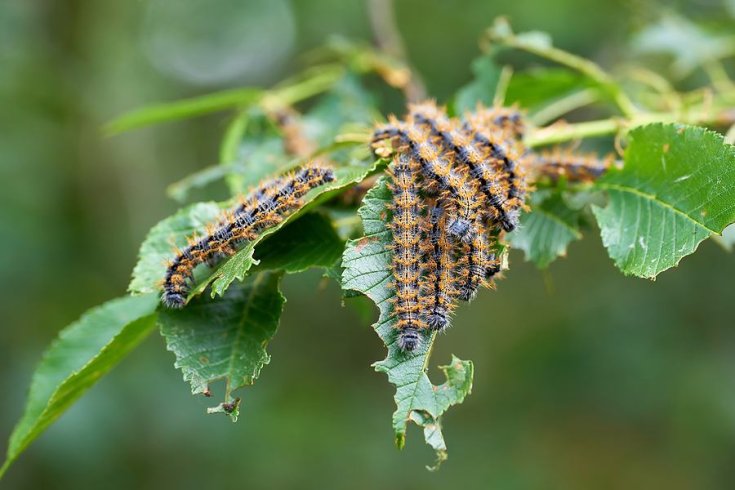
Controlling Tree Pests and Diseases Without Harming the Environment Maintaining healthy trees often entails controlling pests and diseases. With all the different ways homeowners can protect their yards, some cause more environmental damage in the long run. It is advisable…
Read More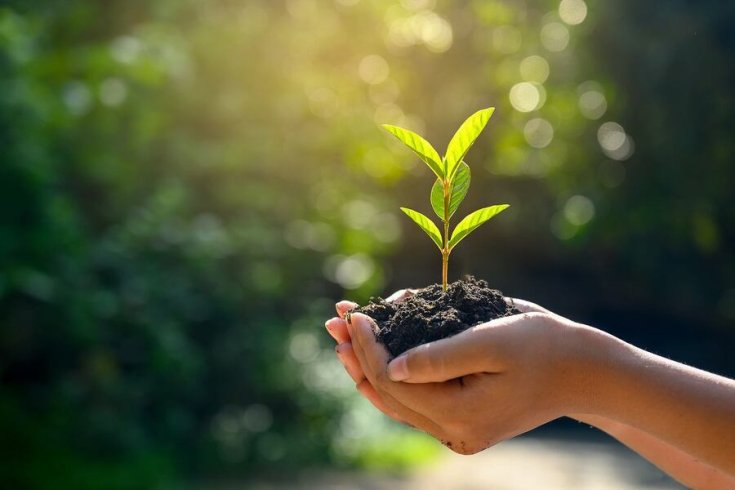
Tree Planting Aftercare A tree can add immense value to your landscape, providing many benefits like shade, curb appeal, and overall environmental well-being. However, planting the tree is just the beginning. Ensuring its growth and longevity requires proper aftercare, and…
Read More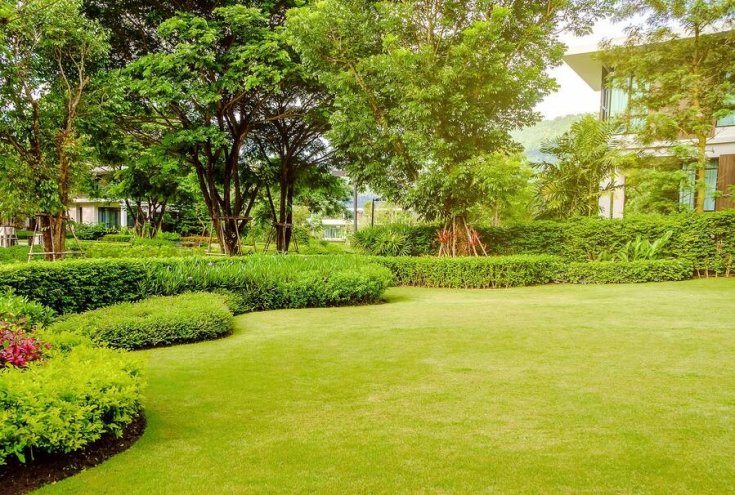
Fescue vs. Bermuda Grass Do you have dry patches on your lawn? Before reseeding, it is advisable to familiarize yourself with different grasses, like fescue and Bermuda. Although these grasses grow on lawns across the country, knowing the differences can…
Read More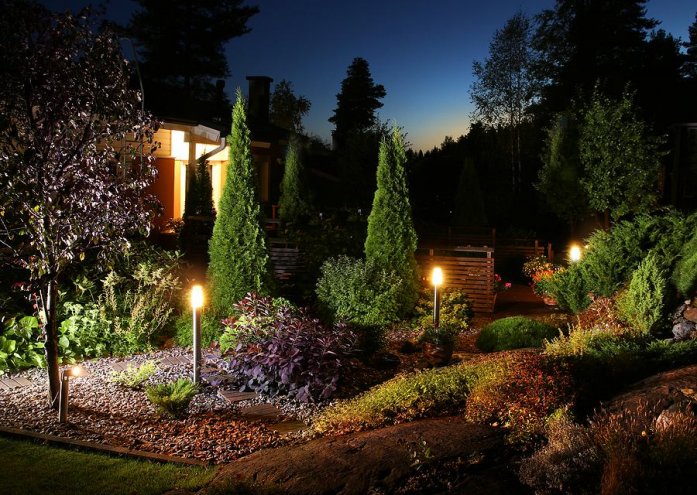
How to Keep Your Trees Healthy Keeping trees healthy is not just essential for the aesthetics and safety of your landscape but also improves the quality of the environment. However, like other living things, trees need routine care and maintenance…
Read More
Tools and Equipment For Professional Tree Trimming Professional tree trimming could be an easy or difficult process, and that fully depends on the tools you use. Trimming is able to open up the visibility of your property and enhance the…
Read More